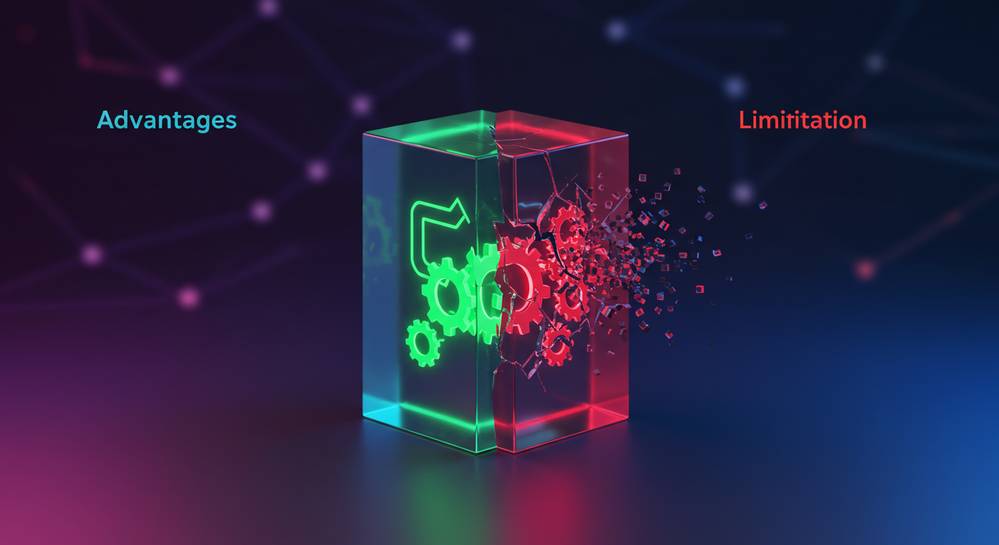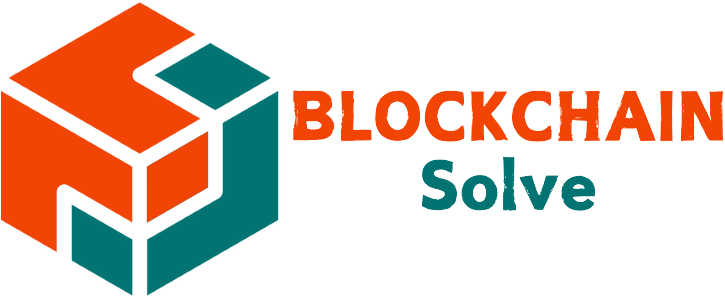Imagine a contract that automatically enforces itself without lawyers or intermediaries. This is the core idea behind a what is a smart contract. These digital agreements, built on blockchain technology, are transforming industries by automating processes and ensuring trust. They operate on simple if-then logic, executing predefined actions once specific conditions are met, making transactions transparent and secure.
The foundational definition of a smart contract

A smart contract is a self-executing program stored on a blockchain that automatically runs when predetermined conditions are met. Think of it as a digital vending machine. You insert money (the condition), and the machine automatically dispenses your snack (the outcome). There is no need for a cashier; the rules are coded into the machine itself.
This digital agreement translates the terms between a buyer and seller directly into lines of code. This code lives on a decentralized network, making all transactions both trackable and irreversible. Unlike traditional contracts needing lawyers for enforcement, a smart contract enforces itself, removing ambiguity and the need for trusted intermediaries. This automation is built upon the core principles of what blockchain technology is and how it works.
- Agreement in Code: The obligations, rules, and outcomes are explicitly defined within the programming.
- Blockchain Deployment: The contract is placed on a decentralized ledger, ensuring it is immutable and transparent.
- Automatic Execution: The network of computers guarantees the contract performs exactly as written once its conditions are satisfied.
How do smart contracts work on the blockchain

Smart contracts function on blockchain networks, most famously on platforms like Ethereum. Their entire operation depends on the inherent properties of the blockchain. The lifecycle of a smart contract can be understood through its creation, deployment, and execution stages, which explains what a smart contract does in practice.
Creation and deployment
Developers begin by writing the contract’s logic in a programming language such as Solidity. This code defines the precise rules of the agreement. After thorough testing, the contract is deployed to a foundational network, often a Layer 1 blockchain. This action is a transaction itself, making the contract an immutable and permanent part of the distributed ledger.
Automatic execution
Once live, the smart contract becomes autonomous. It constantly checks for its trigger conditions, which can be anything from an incoming payment to a specific date passing. These conditions can also be fed by oracles, which provide reliable external data. When the network validates that a trigger is met, the code executes automatically, ensuring the agreement is fulfilled without human intervention.
Real world examples and use cases
While the concept may seem abstract, smart contracts already power a wide range of applications impacting finance, commerce, and art. Their ability to automate trust makes them ideal for any process involving conditional value exchange. These examples show what a smart contract can achieve in practice.
Decentralized Finance (DeFi)
DeFi is the most prominent use case. Platforms use smart contracts to build decentralized lending protocols, exchanges, and automated investment strategies. A contract can hold user funds in a liquidity pool and execute trades based on market prices, all without a central financial institution.
Supply chain management
Smart contracts offer unparalleled transparency to supply chains. A contract can track goods from production to delivery, recording each step on the blockchain. Payments to suppliers are automatically released once a shipment is verified at its destination, boosting efficiency and reducing disputes.
Non-Fungible Tokens (NFTs)
Every NFT is fundamentally governed by a smart contract. This code defines its unique properties, ownership, and rules for transfer. To understand this better, it is useful to know what NFT cryptocurrency is. The contract can even automate royalty payments to the original creator upon each resale.
Advantages and inherent limitations

Like any technology, smart contracts offer a powerful set of benefits but also come with notable challenges. Their core design, which answers the question of what a smart contract is, creates both opportunities and risks. Understanding both sides is crucial for evaluating their potential in any application.
Key advantages
- Trust and Security: Running on a decentralized blockchain makes them highly secure and tamper-proof. All transactions are encrypted and distributed across the network.
- Autonomy and Efficiency: They remove the need for intermediaries like lawyers. This automation saves time, reduces costs, and minimizes manual errors.
- Transparency and Reliability: The terms are visible to all parties, and once deployed, the contract executes exactly as programmed, ensuring the agreement is honored.
Challenges and inherent risks
- Complexity and Bugs: Smart contracts are code, which can have bugs. A vulnerability could be exploited by malicious actors, leading to significant financial loss.
- Immutability is a double-edged sword: While a benefit, it also means a flawed contract cannot be easily corrected once deployed.
- Legal Uncertainty: The legal status and enforceability of smart contracts are still not well-defined in many jurisdictions, creating a grey area for dispute resolution.
Smart contracts represent a fundamental shift from traditional agreements to automated, trustless systems. By running on a blockchain, they remove the need for intermediaries, reduce costs, and increase transparency for everyone involved. As the technology matures, its potential to reshape digital interaction will only grow. To learn more about foundational blockchain concepts, explore Blockchain Solve.

